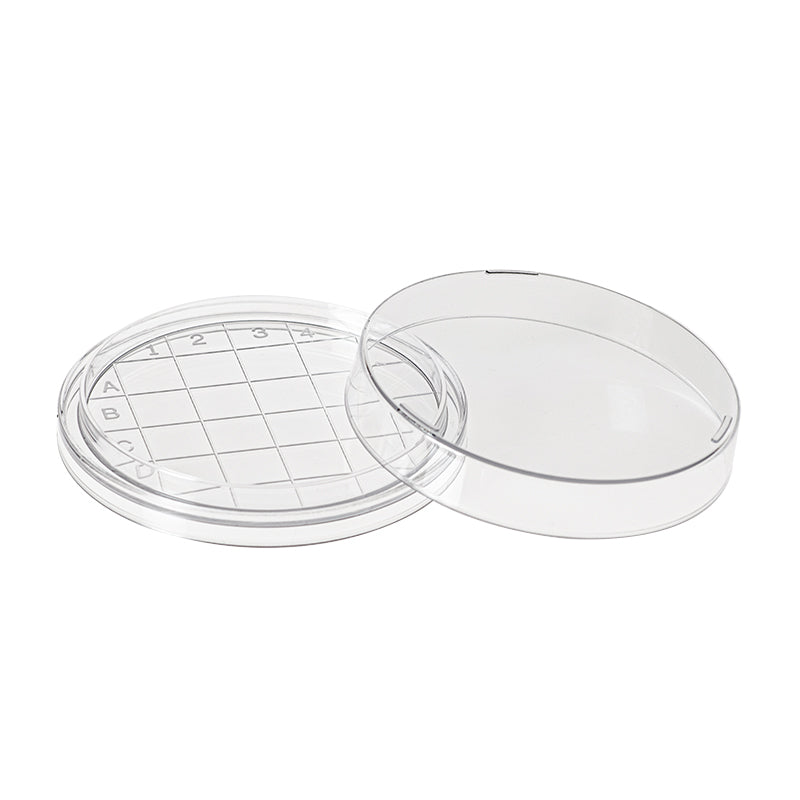Since the COVID-19 pandemic, many of us are now aware of the need for cleanliness to avoid virus contamination. Health authorities in several countries have told their employees that clean hands and work surfaces help reduce the spread of viruses and bacteria. How do scientists ensure surface sterility to confirm effective cleaning?
A public health report[1] in the United States informed that, even when hospitals are regularly cleaned, it is crucial to check the sterility of surfaces. Especially true in operating rooms where people or animals undergo open operations and are especially at risk of contamination.
One way to detect bacterial presence on work surfaces is to use a contact plate filled with a culture medium to assess bacterial growth. This plate type is commonly referred to as the Repeater Detection and Counting Plate (RODAC) By pressing the RODAC plate on the work surface, then incubating the plate for a few days, we can see and count the bacterial growth on the analyzed surface and thus validate the sterility of surfaces.
Econo-Lab supply contact plates for this type of analysis. Product codes D210-17 and D210-17D

Another specialty is our convex bottom contact plate (D210-17D) which minimizes the growing medium needed to produce the RODAC plate. This bacterial analysis is also very important for testing bacterial presence on walls, floors, work tables, laboratory equipment, ventilation surface, and even on human or animal bodies.

This method is crucial in the medical field, as much as it applies in kitchens where hygiene is essential to avoid contamination and in research laboratories where contamination needs to be prevented at all costs to ensure the validity of experimental results.
[1]HALL LB, HARTNETT MJ. MEASUREMENT OF THE BACTERIAL CONTAMINATION ON SURFACES IN HOSPITALS. Public Health Rep (1896). 1964 Nov;79(11):1021-4. PMID: 14212586; PMCID: PMC1915661.

